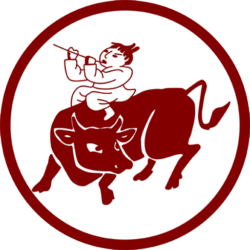There are two files you can download. One is large A4 format, the other is formatted as an A5 booklet and needs to be printed out with a printer that prints on both sides of the paper.
The Stages of Development Lecture
Apologies for the sound quality, I put the microphone next to the projector so got a continuous rumble from the fan. I used AI to suppress the noise but it also garbled a lot of my words. So I’ve put subtitles in which I hope help to get the meaning of the gibberish!
Proximal Movements
This video was taken in Australia many years ago. It shows Bill demonstrating how to move both proximal and distal parts of many joints in the body
And here is a class showing the “Seaweed Qigong” that gives a way of practising the Dancing Joints principle in your own body.
First Family Qigong
Second Family Qigong
Jue Yin Qigong (Starfish)
Shao Yang Qigong – Spiral Movements
Complete Qigong
Articles that are relevant to the course:
The Six Channels are maps of whole body coordination. Each channel is made up of two meridians but they perform an holistic function that is greater than the sum of their parts.
The model underlying Movement Shiatsu is that each part of the body is an autonomous agent, like a little person. This attitude changes the way in which you touch and helps each part of the body to speak in the first person, expressing what it needs in a very precise way. Bodywork can be seen as group therapy for the body.

